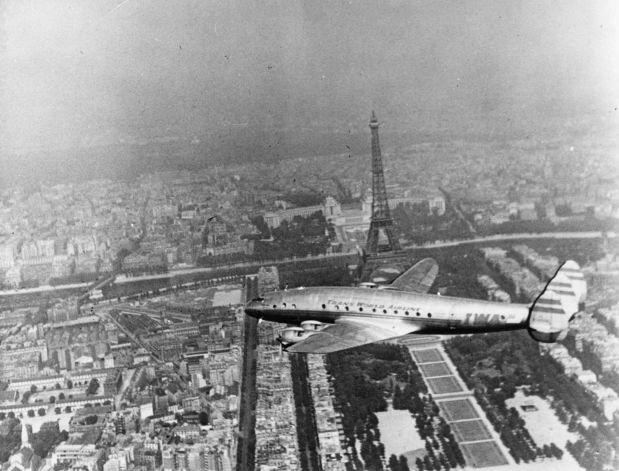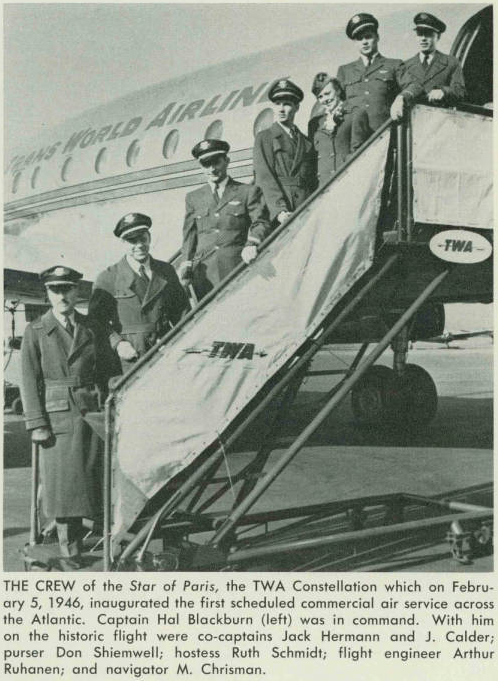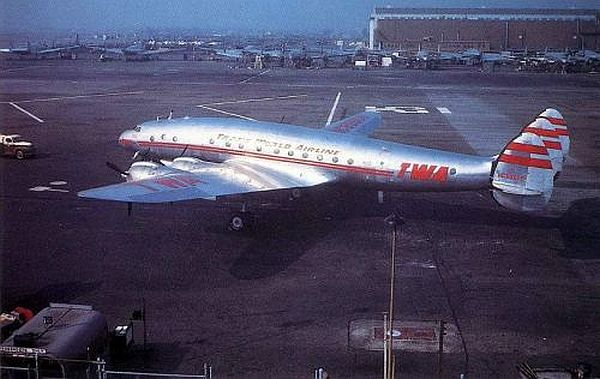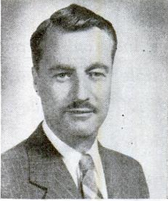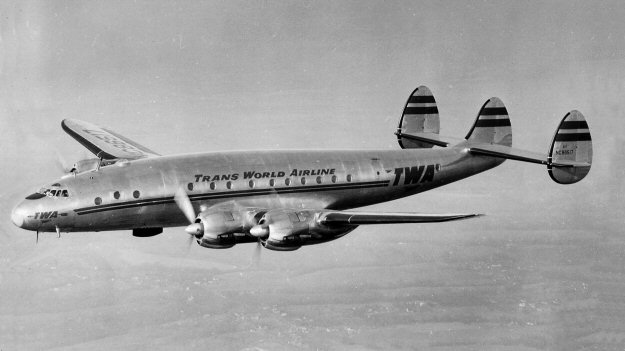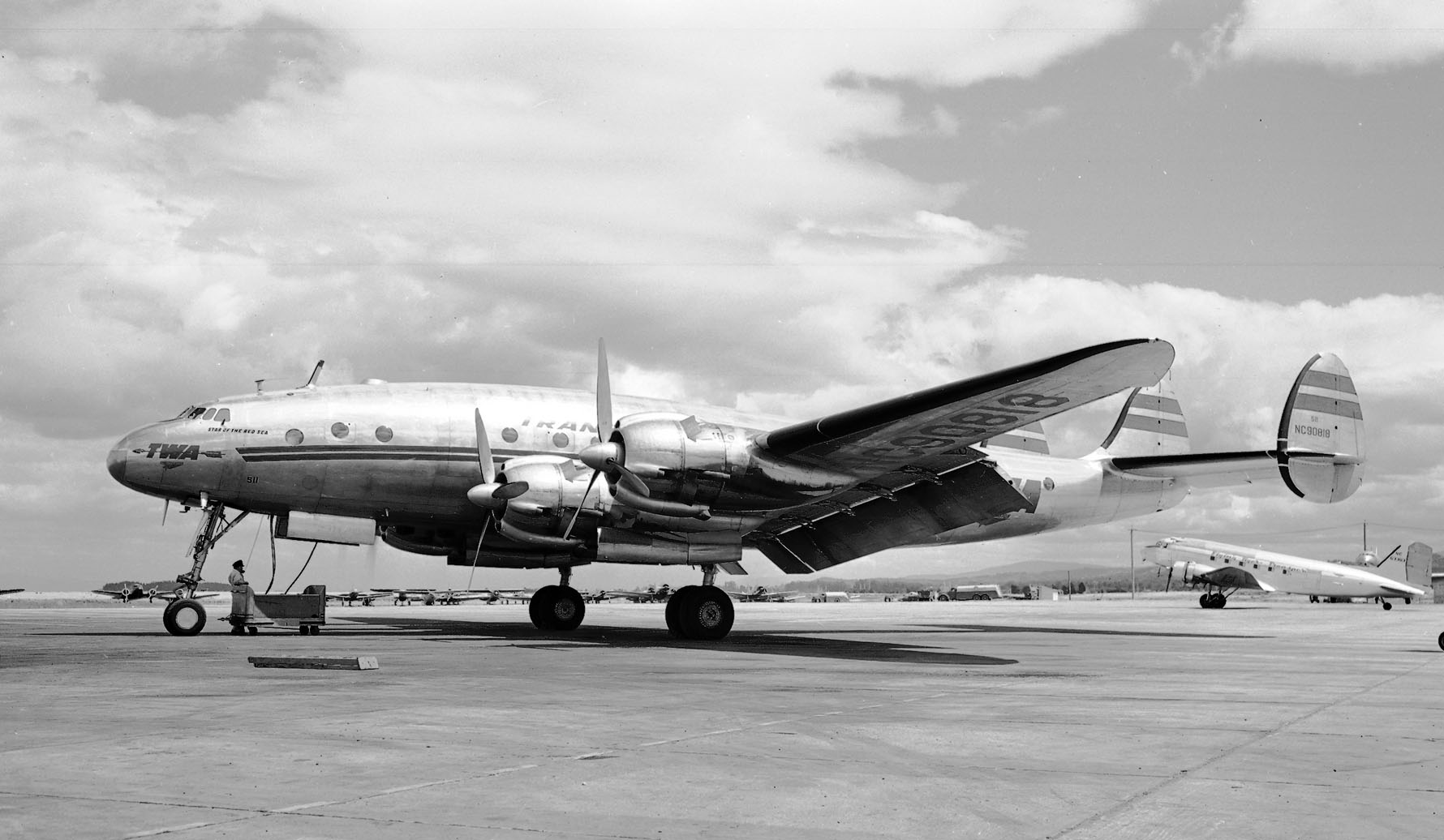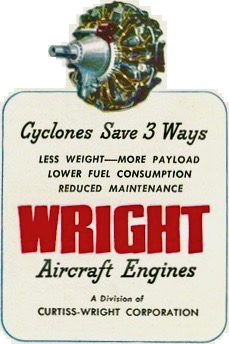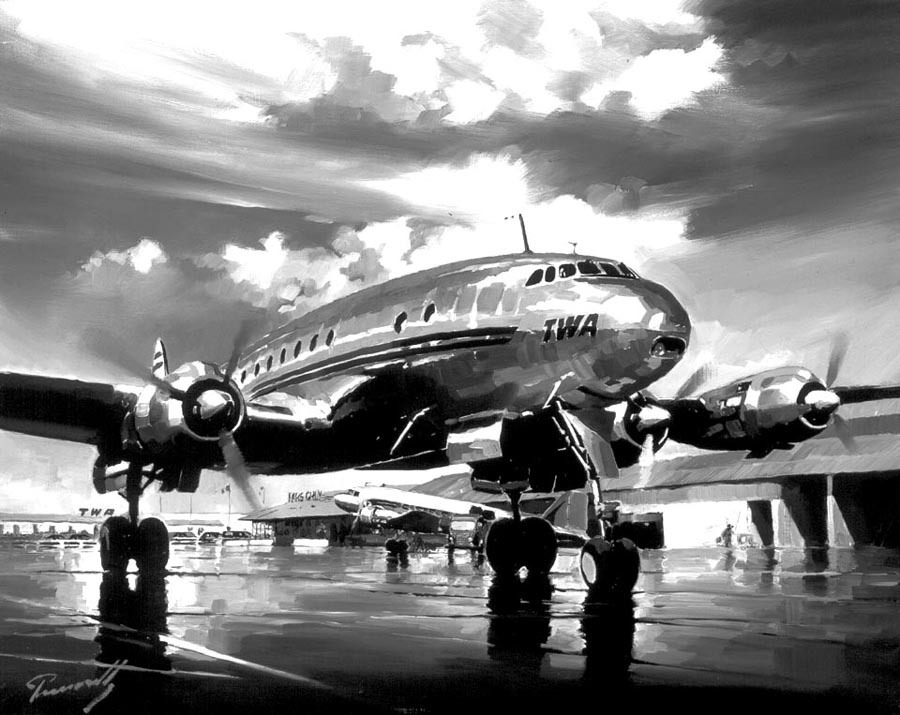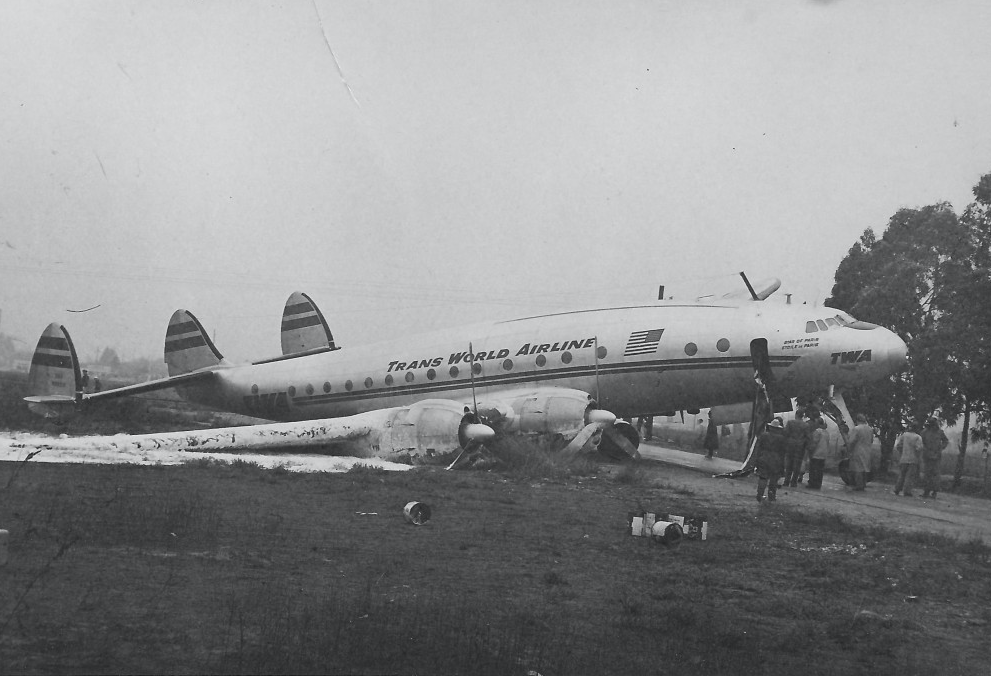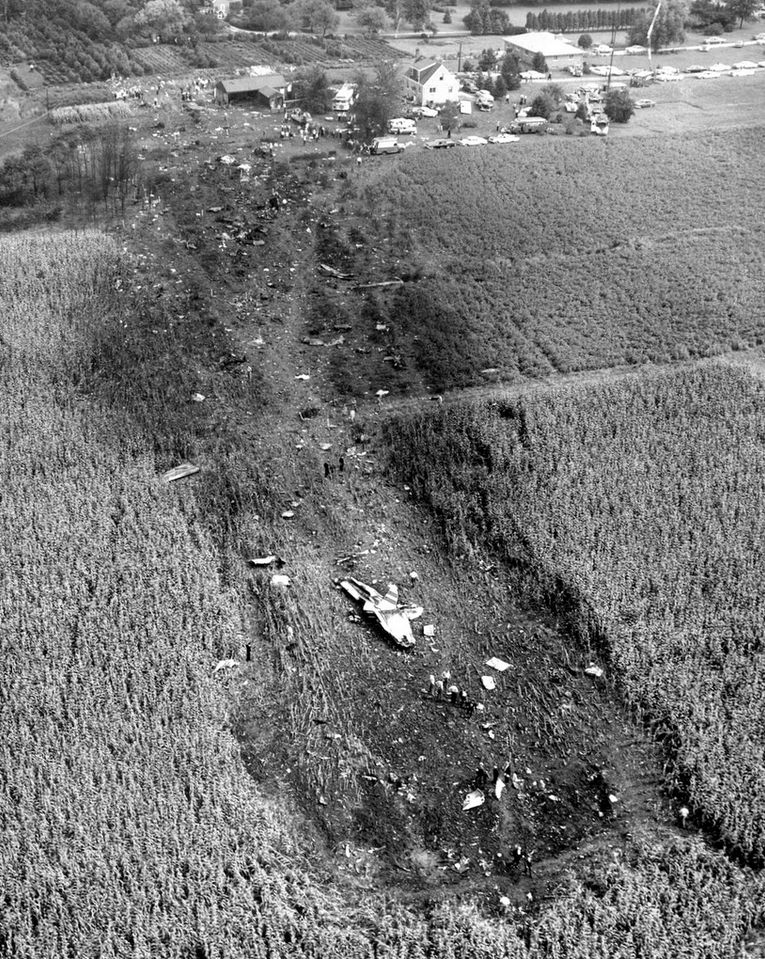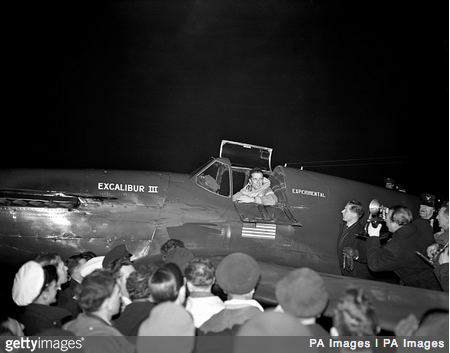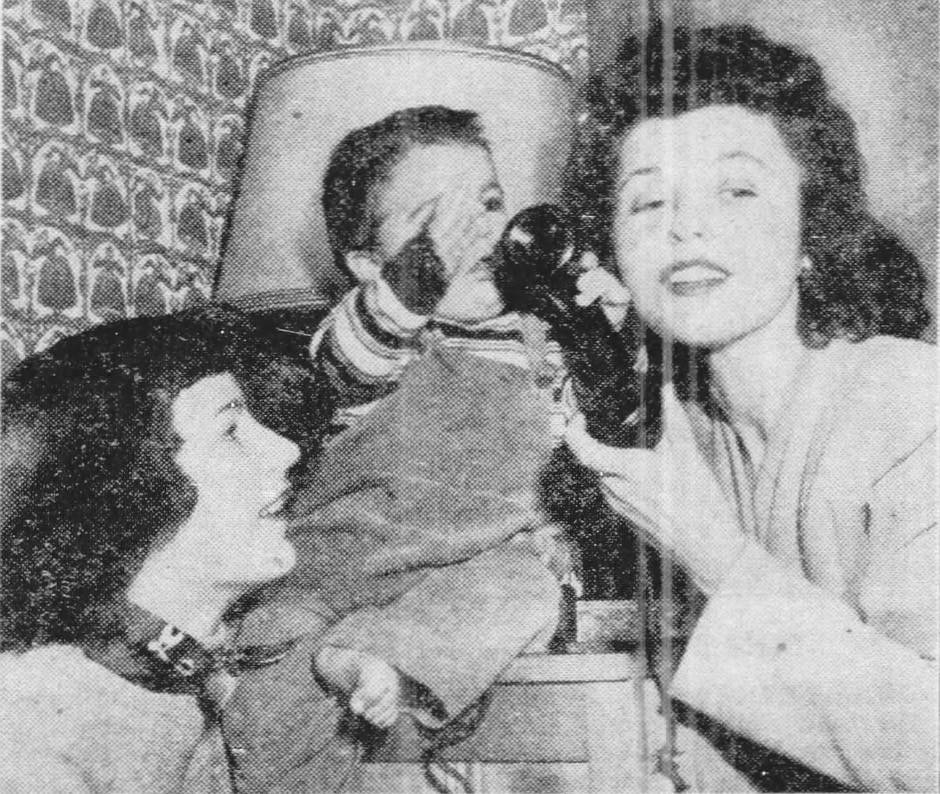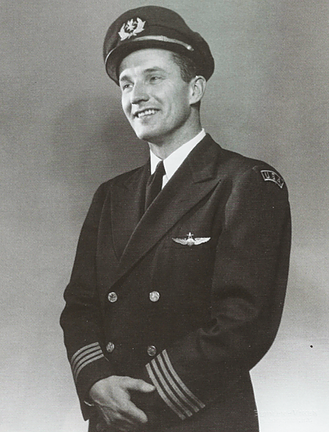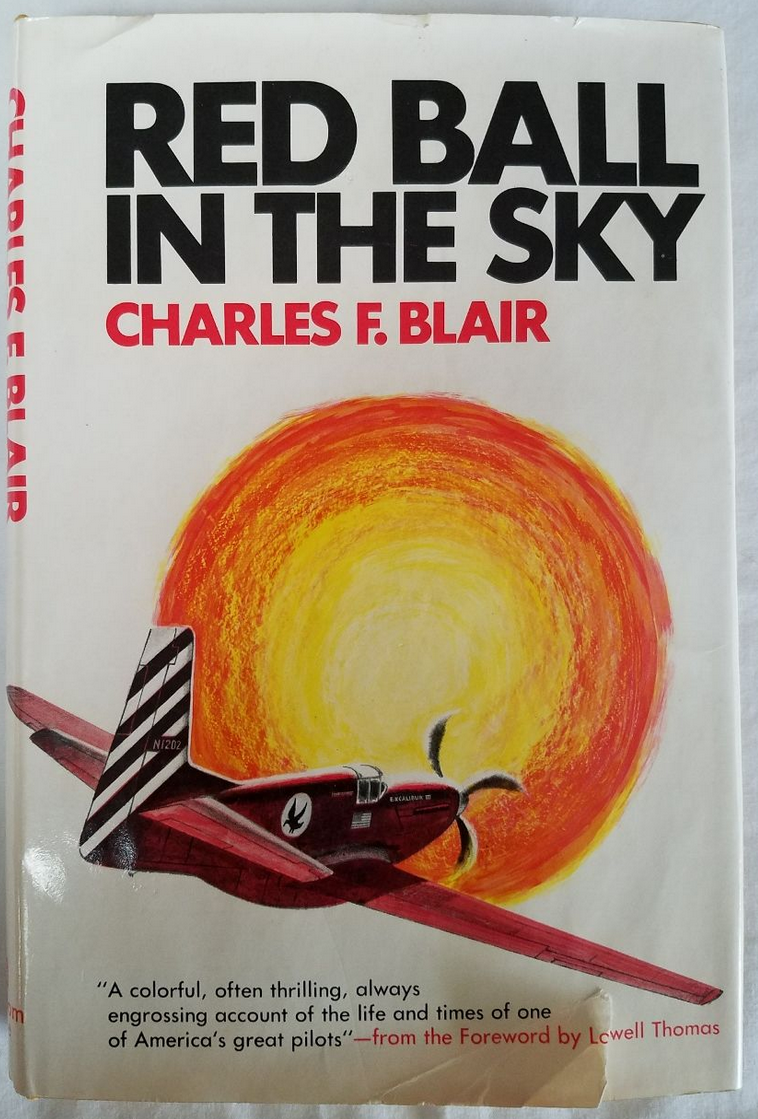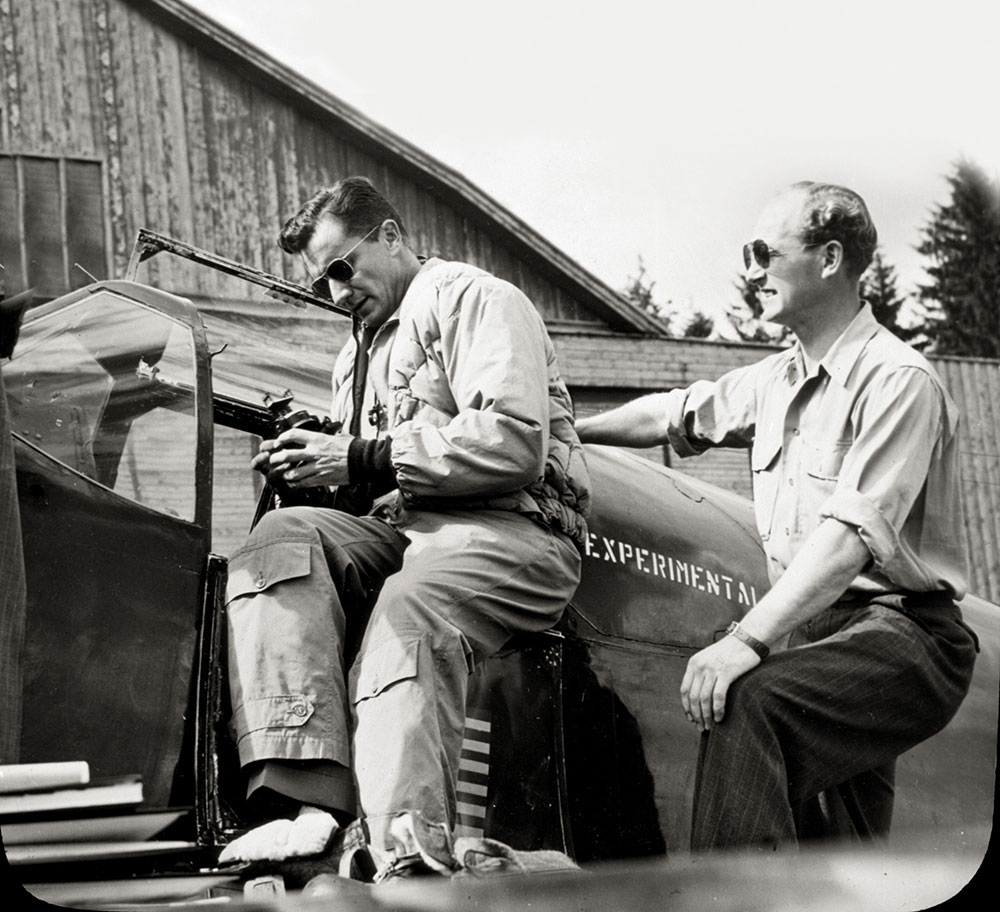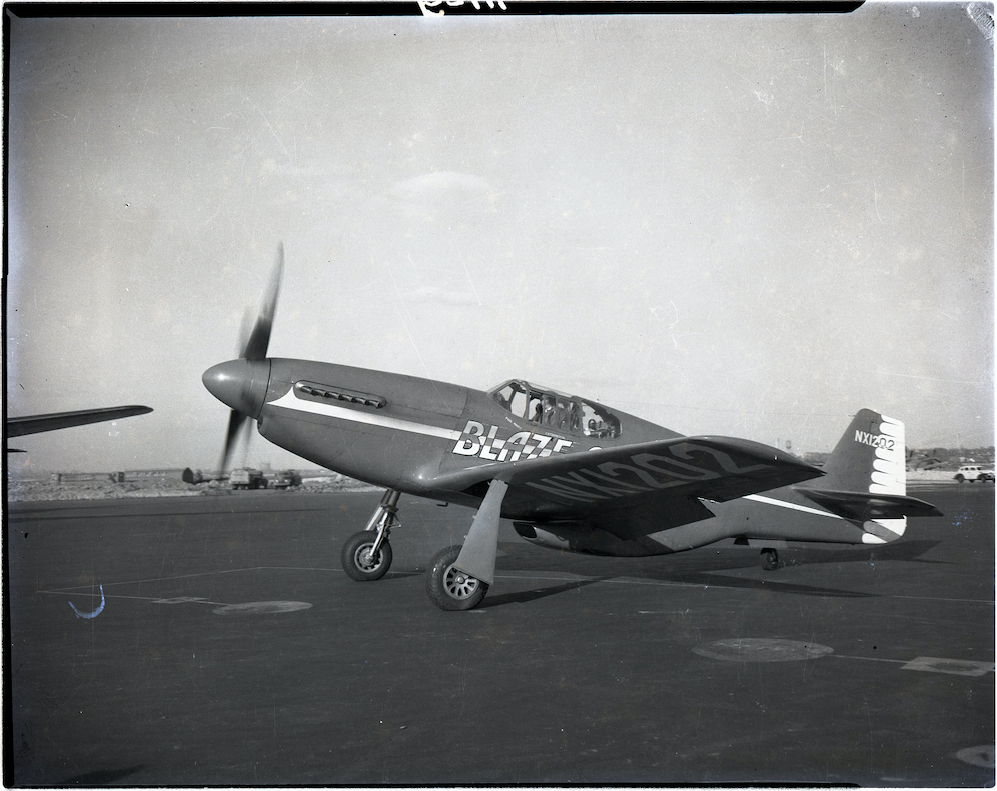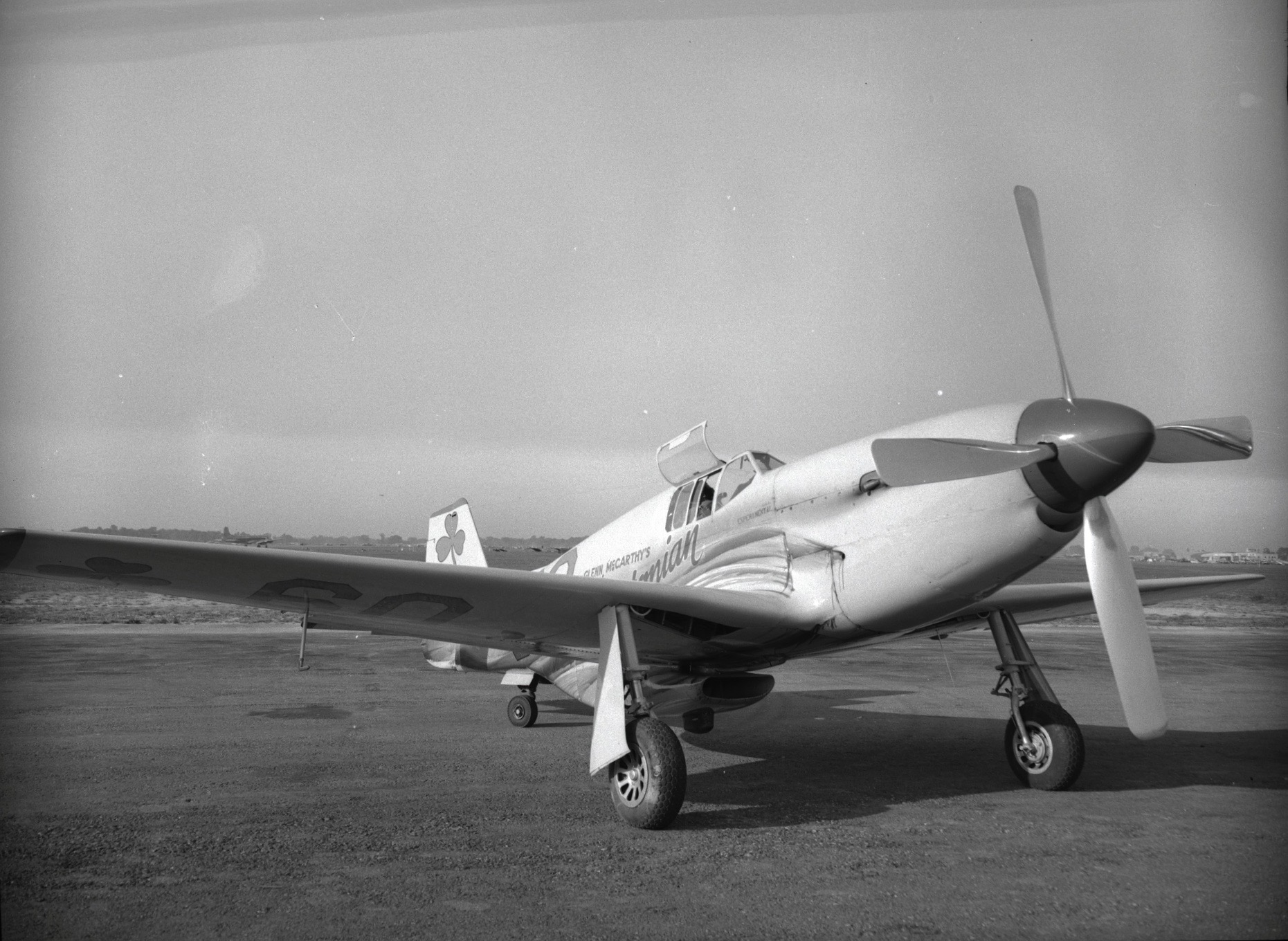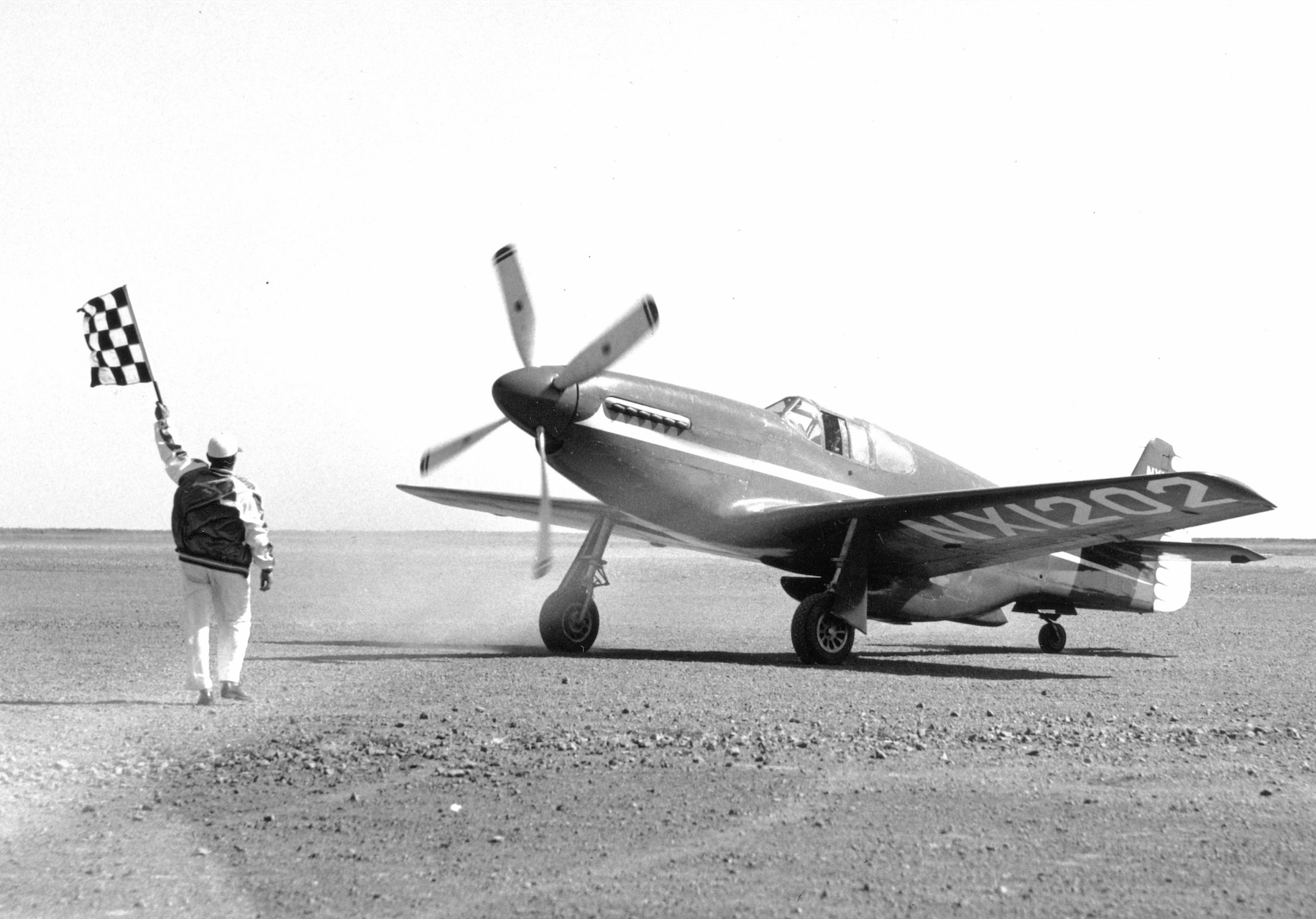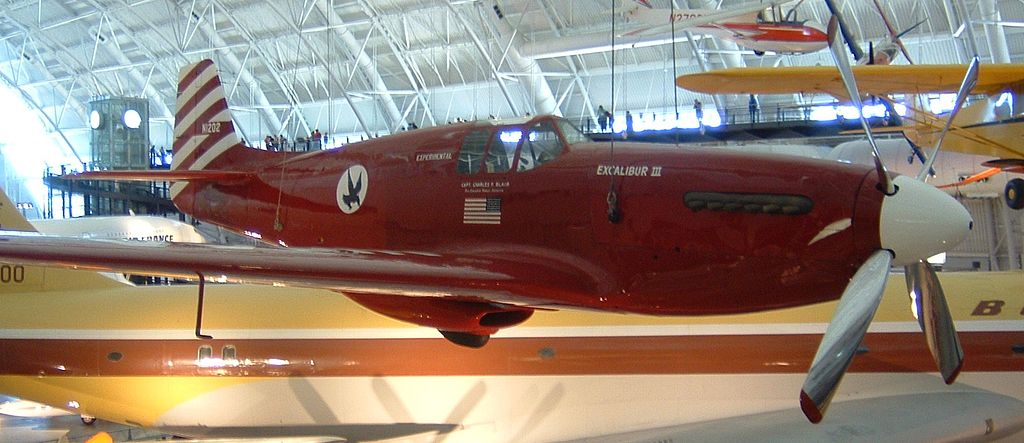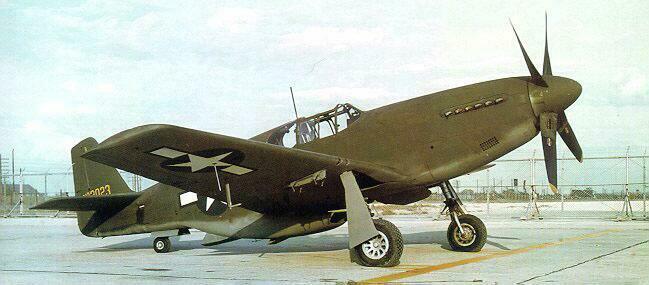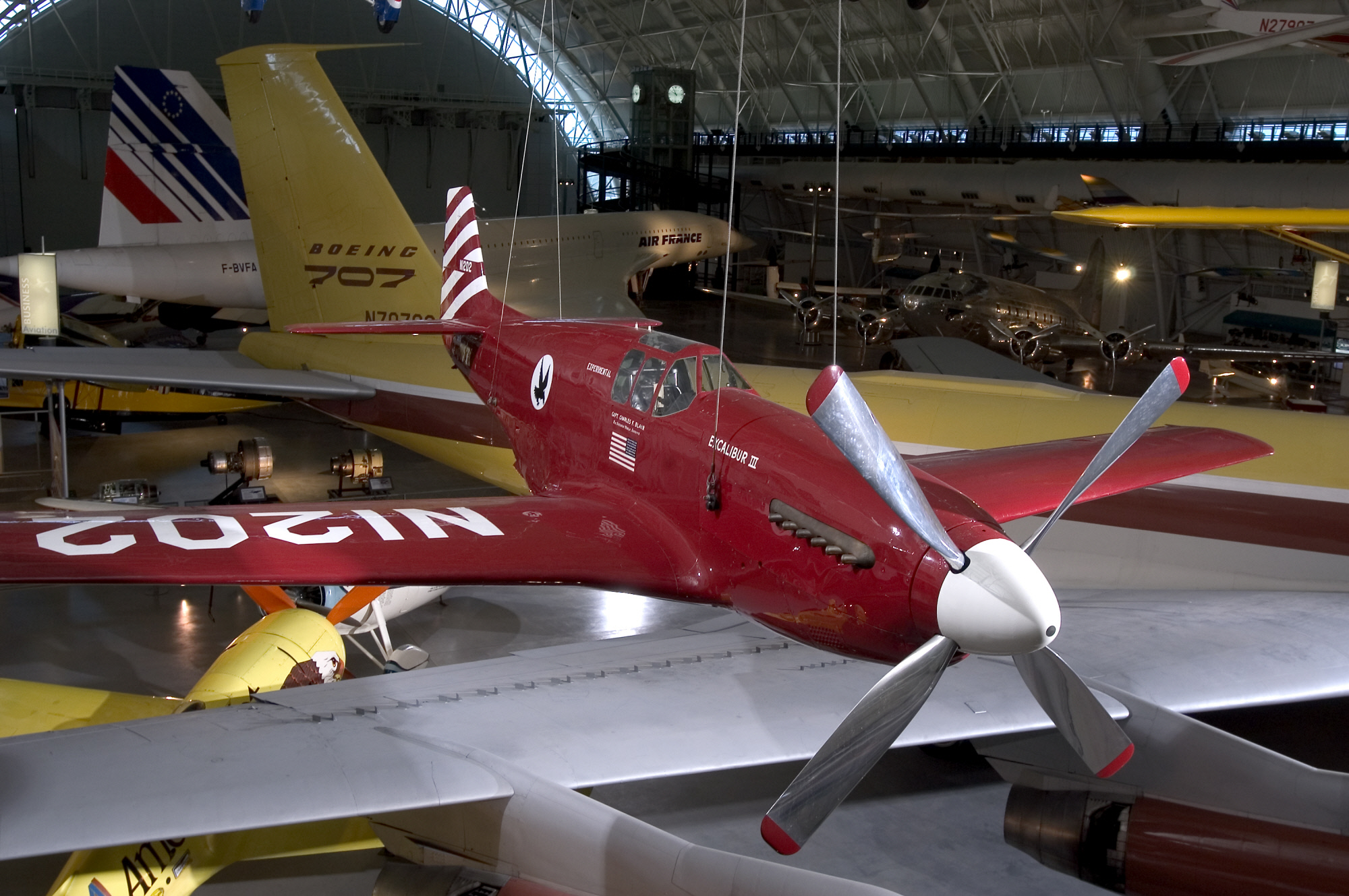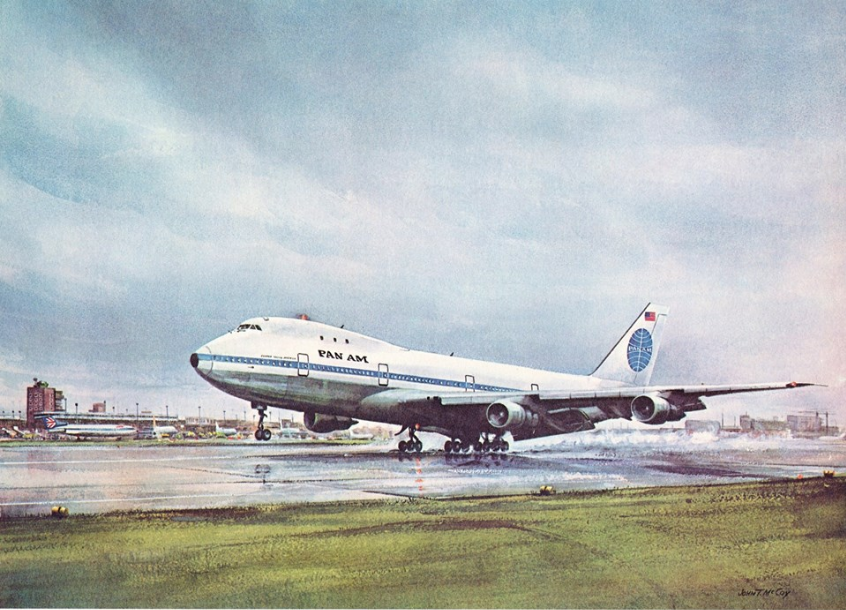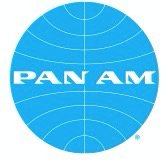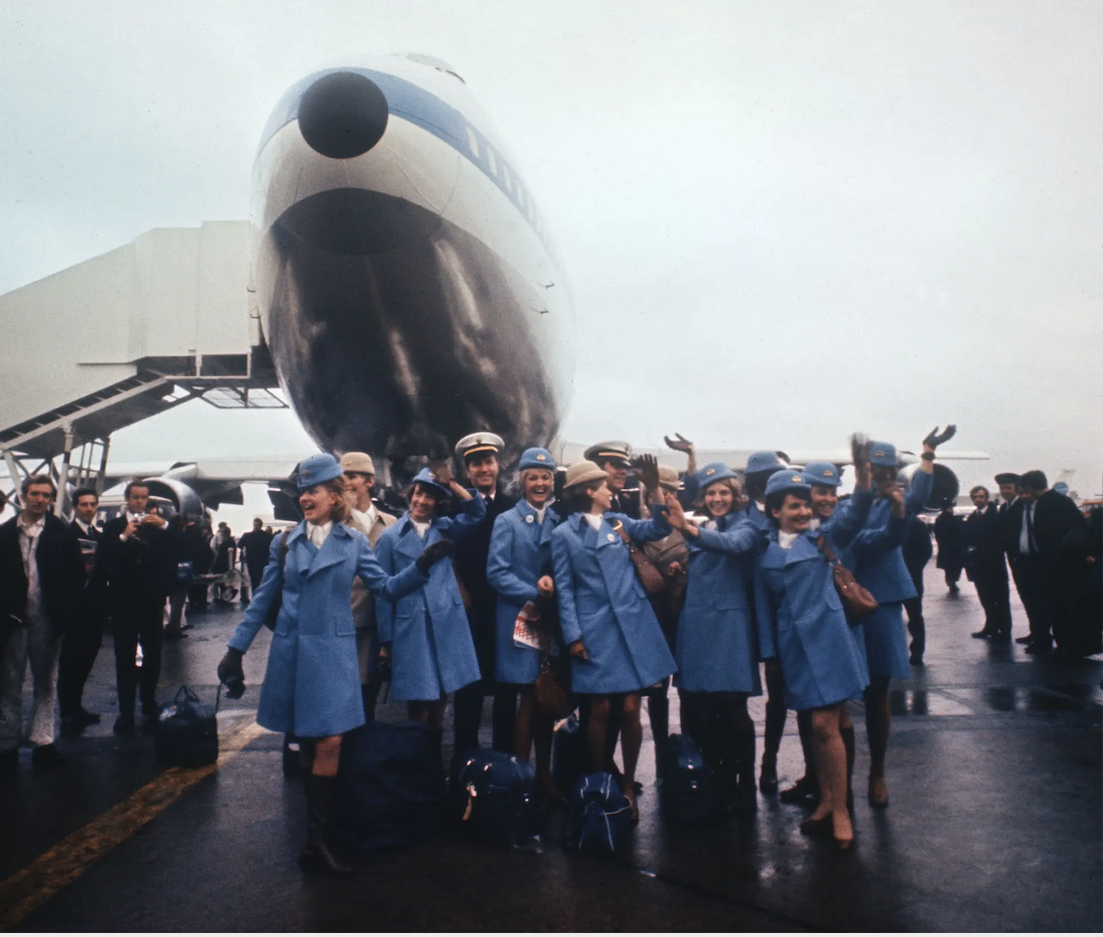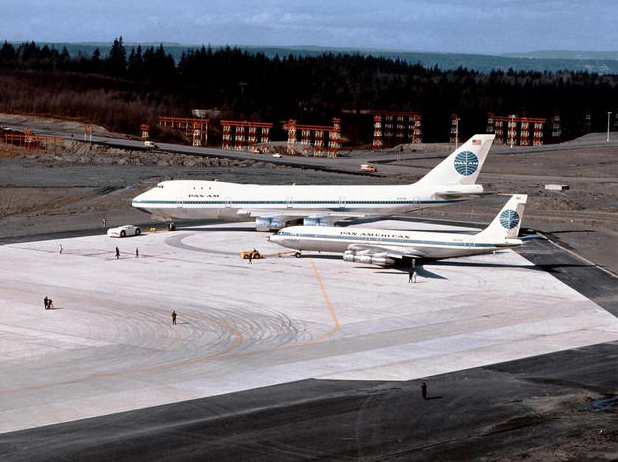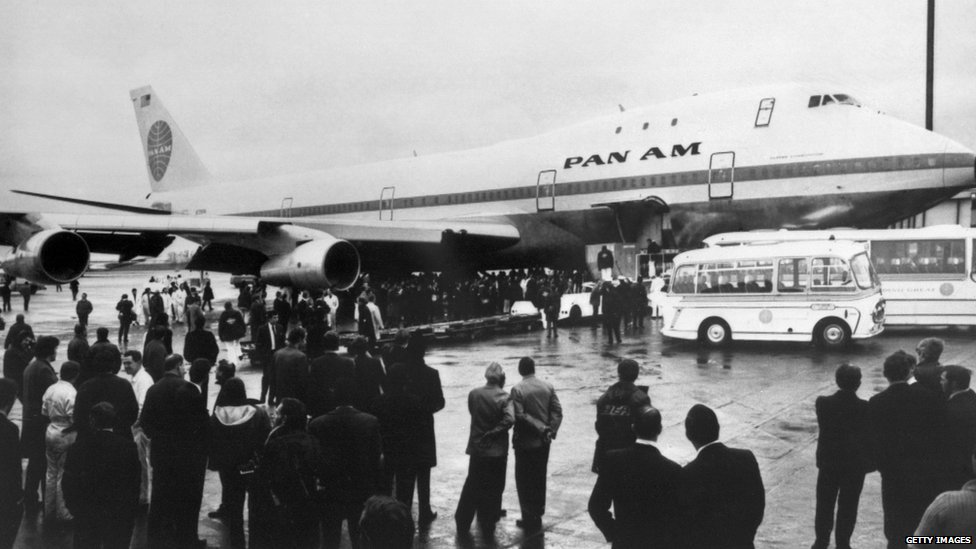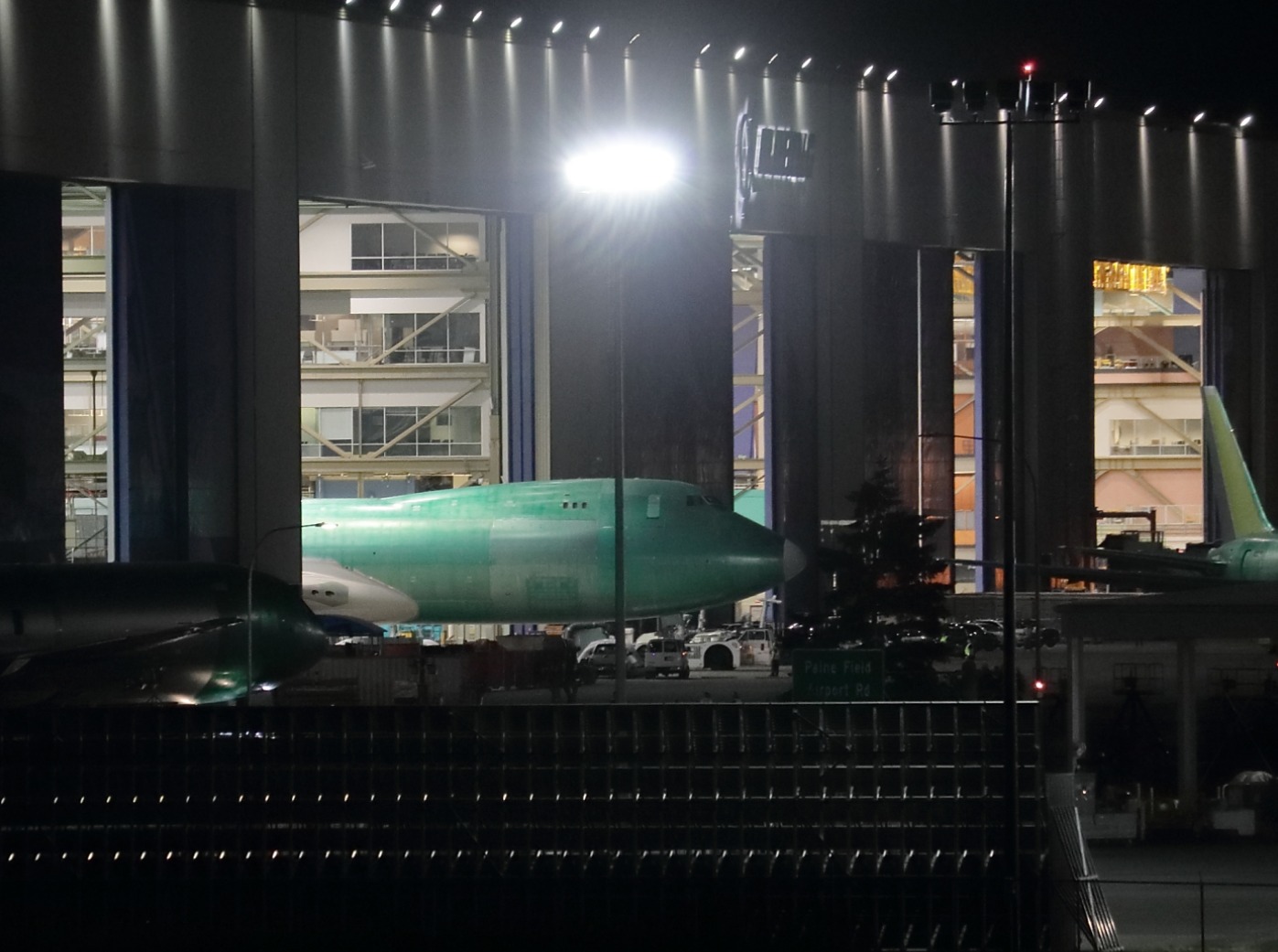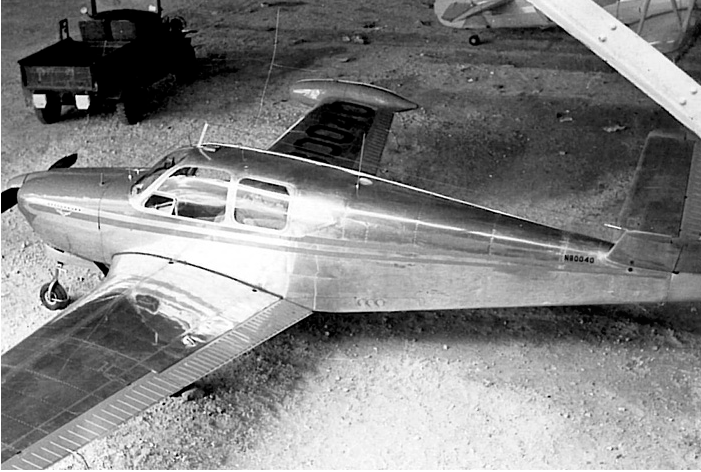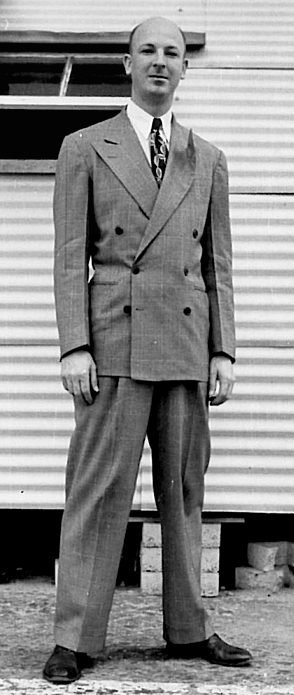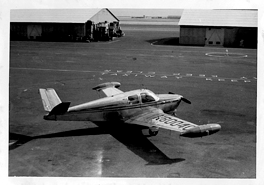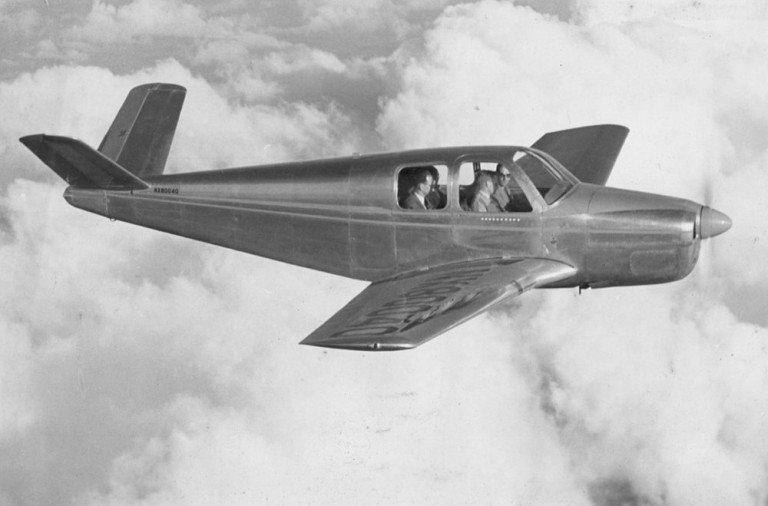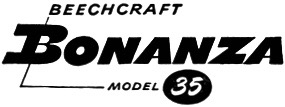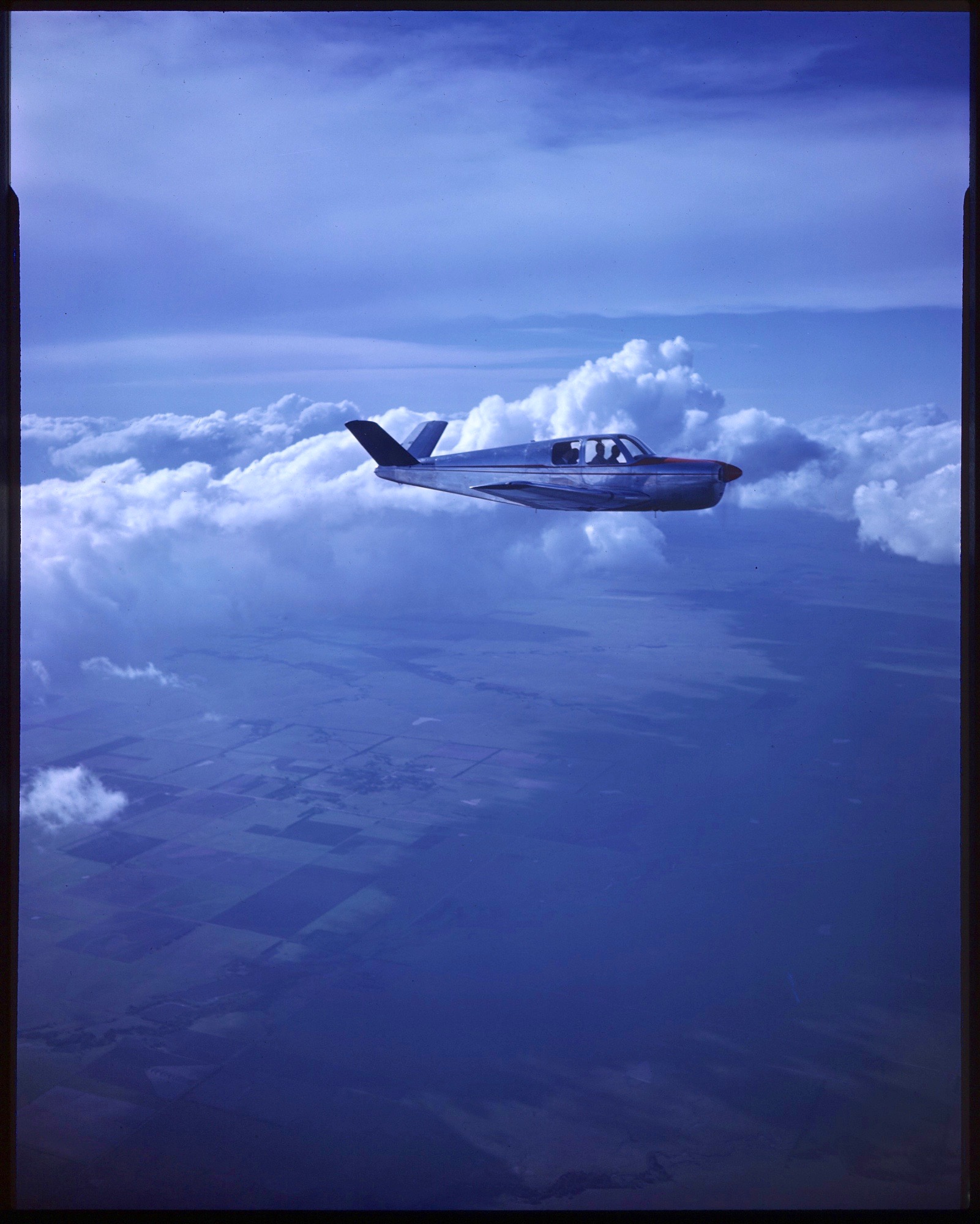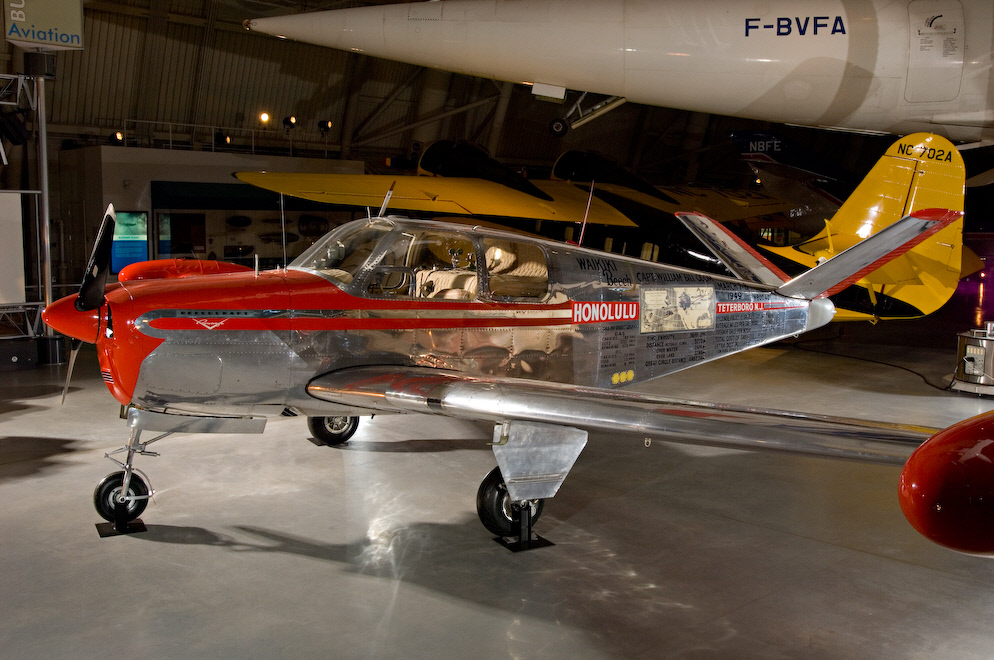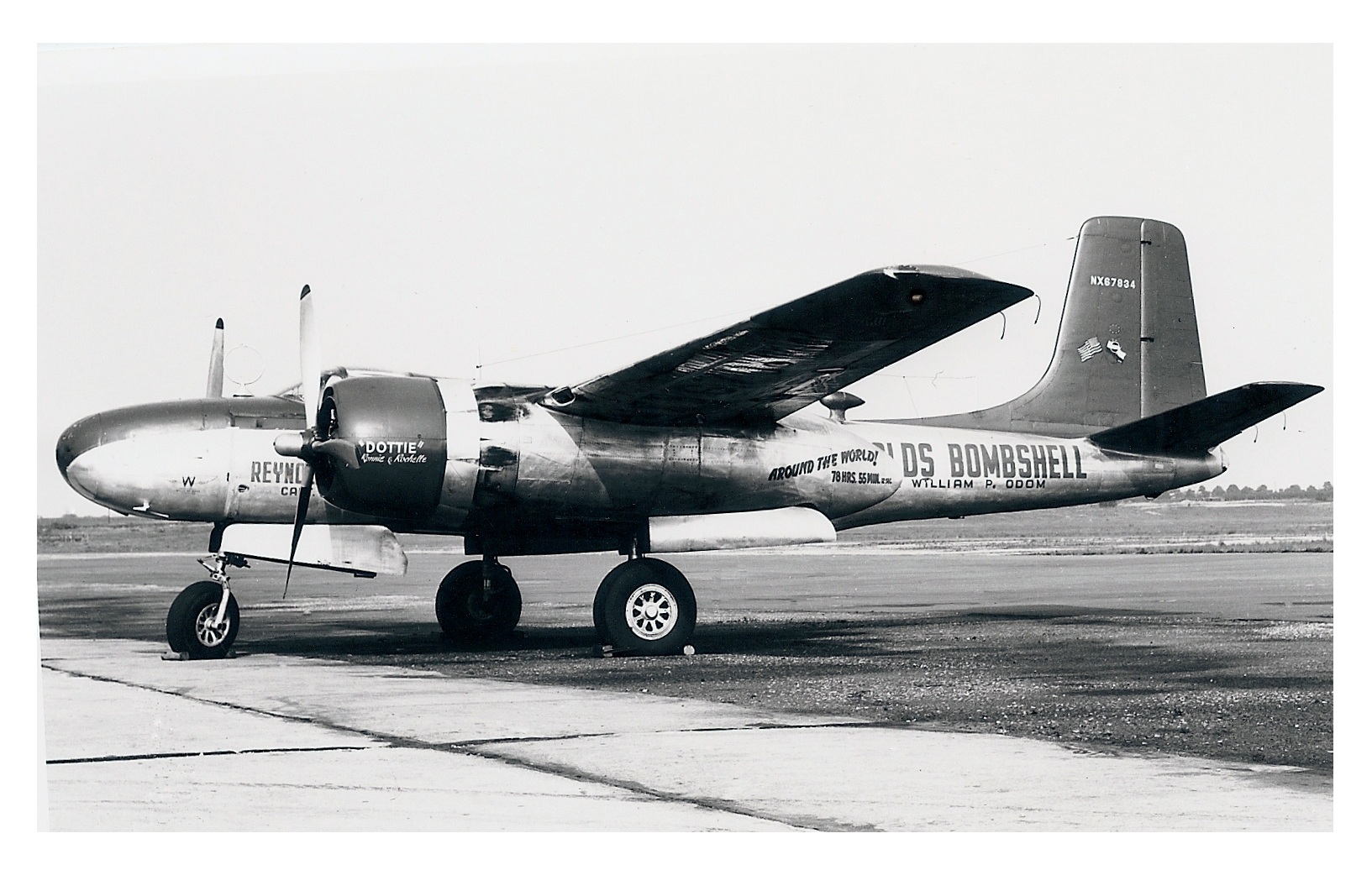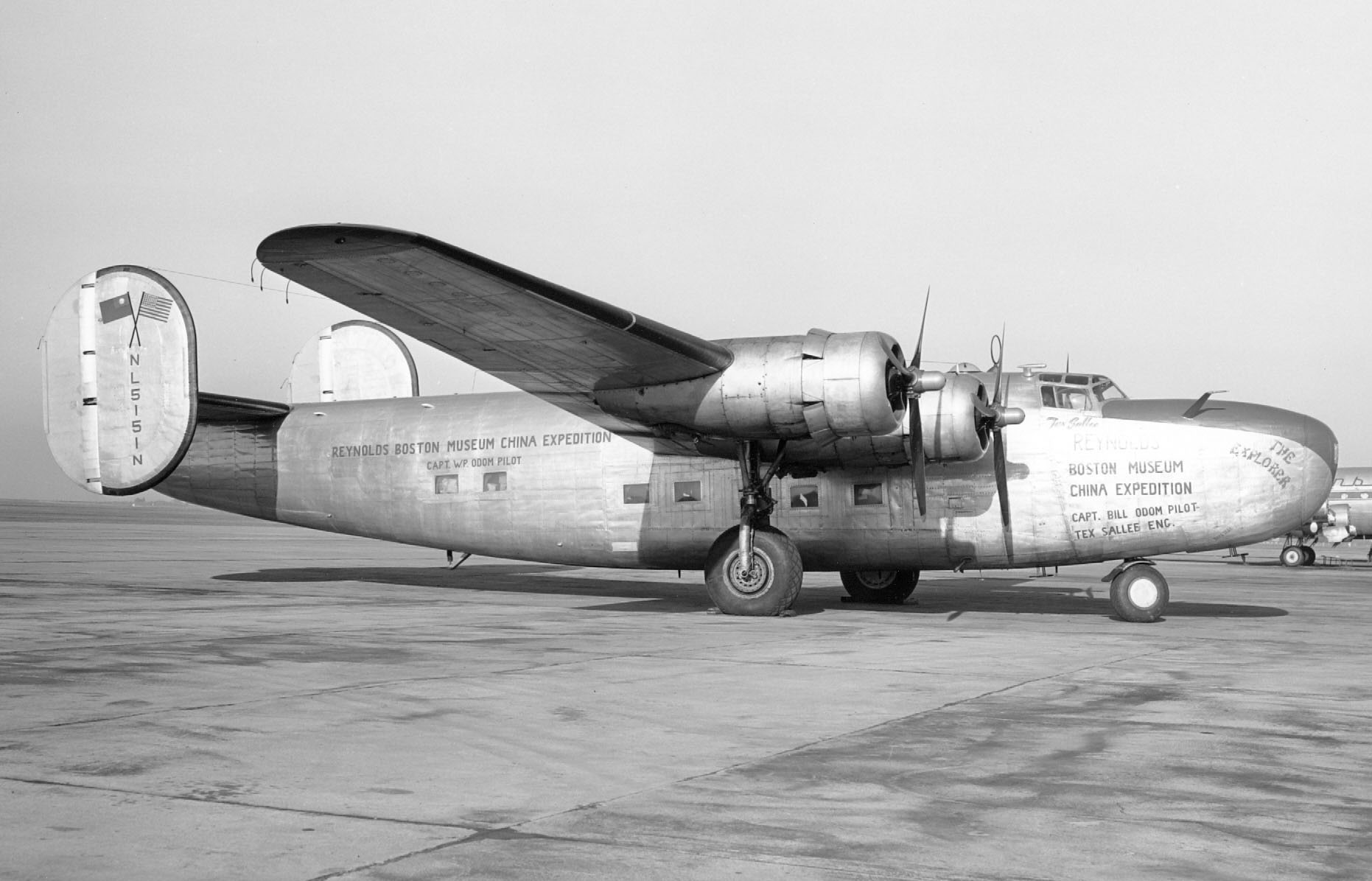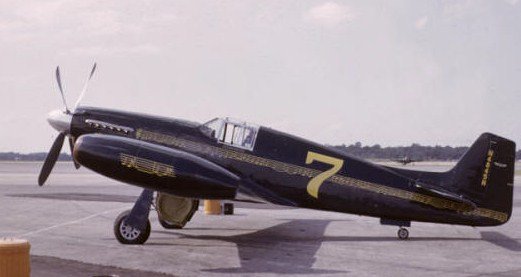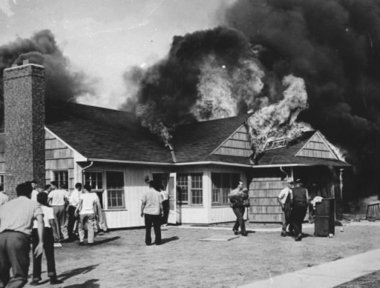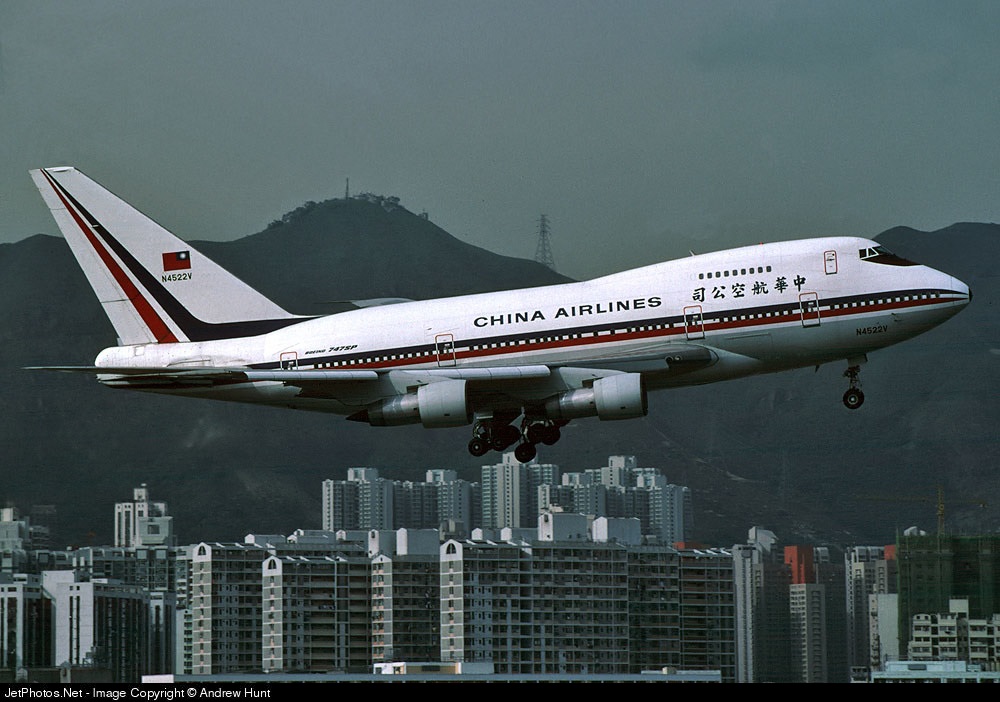
![]() 19 February 1985: At 10:16 a.m., Pacific Standard Time, while enroute from Taipei, Republic of China, to Los Angeles, California, China Airlines’ Flight 006 (call sign “Dynasty Six”), a Boeing 747SP-09, FAA registration N4522V, was cruising at 41,000 feet (12,497 meters), 300 nautical miles (556 kilometers) northwest of San Francisco, California. It had a crew of 23 with 251 passengers. The airliner had a flight crew of five under command of Captain Min-Yuan Ho, with a co-pilot and flight engineer, as well as a relief captain and flight engineer, due to the length of the trans-Pacific flight.
19 February 1985: At 10:16 a.m., Pacific Standard Time, while enroute from Taipei, Republic of China, to Los Angeles, California, China Airlines’ Flight 006 (call sign “Dynasty Six”), a Boeing 747SP-09, FAA registration N4522V, was cruising at 41,000 feet (12,497 meters), 300 nautical miles (556 kilometers) northwest of San Francisco, California. It had a crew of 23 with 251 passengers. The airliner had a flight crew of five under command of Captain Min-Yuan Ho, with a co-pilot and flight engineer, as well as a relief captain and flight engineer, due to the length of the trans-Pacific flight.
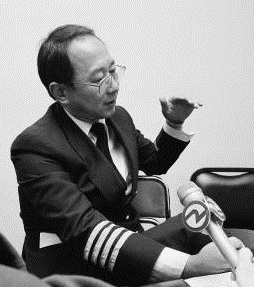
The Number 4 engine, the outboard engine on the airplane’s right wing, a Pratt & Whitney JT9D-7A turbofan, refused to respond with the other engines as the throttles were advanced, and it “hung” and remained at a low power level. It did not flame out, as the crew believed. The crew attempted restart procedures, however they did so incorrectly.
The airliner’s autopilot was engaged and the aircraft began to yaw and bank because of the asymmetric thrust. The copilot, First Officer Ju Yu Chang, used full opposite aileron to stop the roll, but neither pilot or copilot applied any rudder inputs to correct the yaw. (It was later determined that they believed, incorrectly, that the autopilot controlled rudder position.)
The airplane departed controlled flight, rolled over and dived. It lost 30,000 feet (9,144 meters) of altitude before the crew was able to recover, however the airplane was severely damaged, with bent wings, a damaged left aileron, lost parts of its elevators and horizontal stabilizers and damaged landing gear doors. It had experienced acceleration forces as high as 4.8 Gs as it descended through 30,552 feet (9,312 meters) and a peak 5.1 Gs at 19,083 feet (5,816 meters).
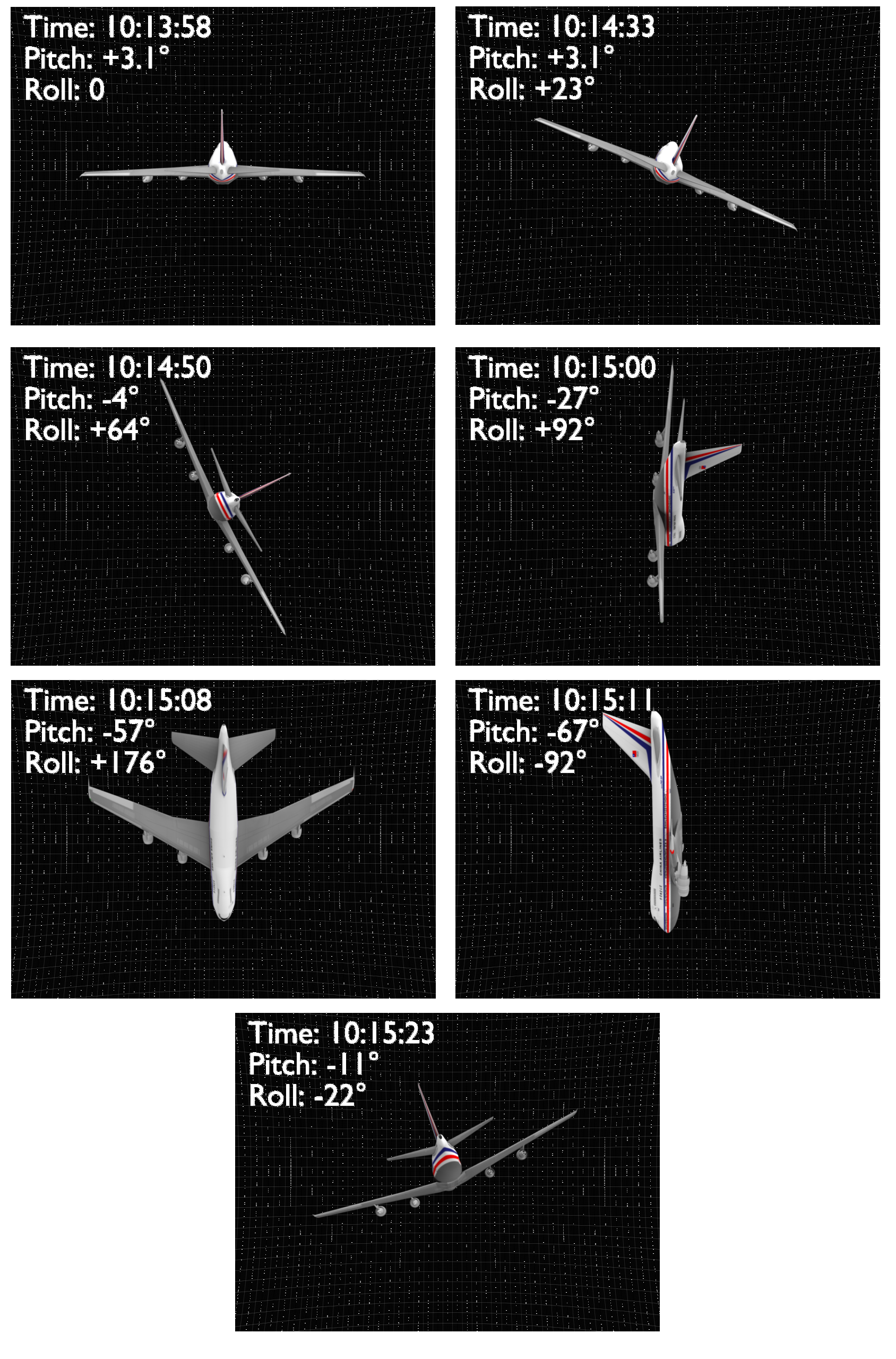
Of the 287 persons on board, 24 were injured. Two were seriously hurt and the flight diverted to San Francisco. The 747SP was substantially damaged. It was nearly two years before repairs completed.
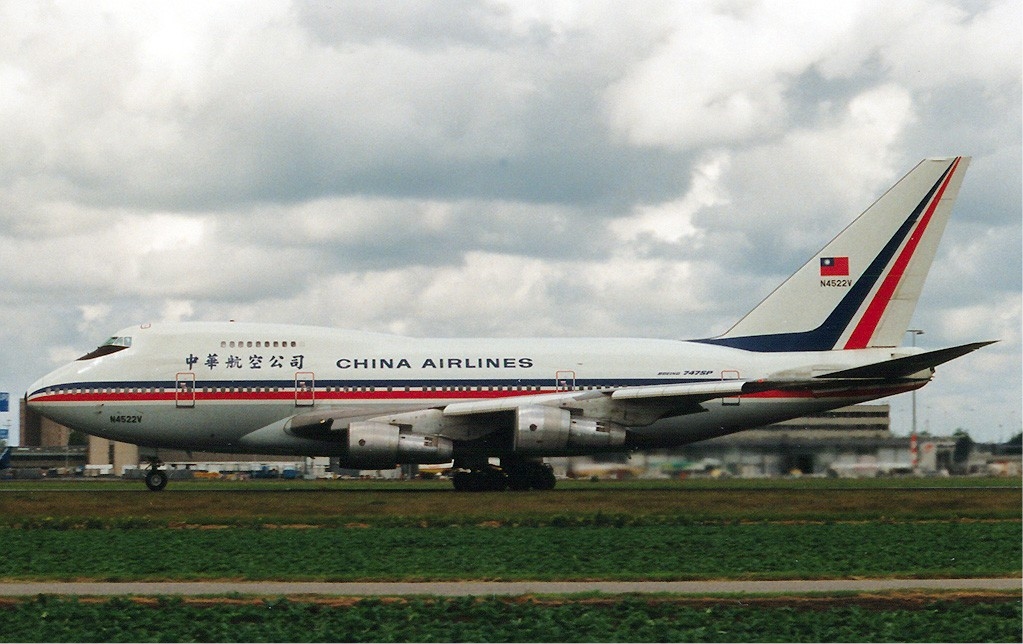
The National Transportation Safety Board investigation made the following findings:
3.1 Findings
1. The flightcrew was properly certificated and qualified.
2. The changing airspeeds encountered by Flight 006 and the resultant compensating throttle adjustments were caused by wind speed variations.
3. The No. 4 engine did not flame out, but “hung” at about 1.0 EPR.
4. During his attempt to recover the No. 4 engine, the flight engineer did not close the bleed air valve switch before advancing the No. 4 throttle.
5. The other three engines did not lose thrust nor did they flame out.
6. The captain did not disengage the autopilot in a timely manner after thrust was lost on the No. 4 engine. The autopilot effectively masked the approaching onset of the loss of control of the airplane.
7. The captain was distracted from his flight monitoring duties by his participation with the flight engineer in the evaluation of the No. 4 engine’s malfunction.
8. With the exception of the loss of thrust on the No. 4 engine, no other airplane malfunction affected the performance of the airplane; the loss of thrust on the No. 4 engine did not contribute to the accident.
9. The captain was also distracted by his attempts to arrest the airplane’s decreasing airspeed, and this also contributed to his failure to detect the airplane’s increasing bank angle.
10. The lateral control deflections required to maintain level flight under conditions of thrust asymmetry and decreasing airspeed exceeded the limits of the autopilot’s lateral control authority, causing the airplane to roll and yaw to the right. The captain lost control of the airplane when, after disengaging the autopilot, he failed to make the proper flight control corrections to recover the airplane.
11. The damage to the airplane was a result of the acceleration forces and high airspeeds that occurred during the upset and recovery maneuvers.
3.2 Probable Cause
The National Transportation Safety Board determines that the probable cause of this accident was the captain’s preoccupation with an inflight malfunction and his failure to monitor properly the airplane’s flight instruments which resulted in his losing control of the airplane.
Contributing to the accident was the captain’s over-reliance on the autopilot after the loss of thrust on the No. 4 engine.
The captain had not slept during his previous rest period and his tiredness was considered a factor in this incident.
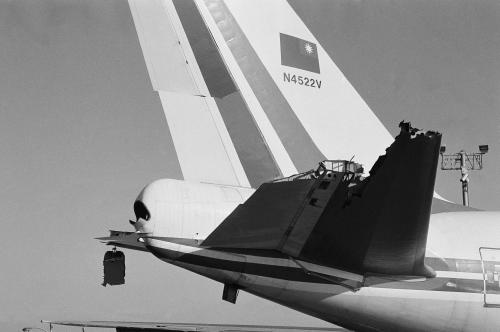
![]() The Boeing 747SP (“Special Performance”) is a very long range variant of the 747-100 series airliners. It has a shorter fuselage and larger tail surface than the standard model. The weight savings allows it to carry more fuel for longer flights, and it is also faster. Boeing built 45 747SPs.
The Boeing 747SP (“Special Performance”) is a very long range variant of the 747-100 series airliners. It has a shorter fuselage and larger tail surface than the standard model. The weight savings allows it to carry more fuel for longer flights, and it is also faster. Boeing built 45 747SPs.
The 747SP is 184 feet, 9 inches (56.312 meters) long, with a wingspan of 195 feet, 8 inches (59.639 meters). It has an overall height of 65 feet, 10 inches (20.066 meters). It has a maximum takeoff weight of 670,000 pounds.
The airliner has a cruising speed of 0.88 Mach (616 miles per hour, or 991 kilometers per hour) and a maximum speed of 0.92 Mach (680 knots, 1,094 kilometers per hour). The service ceiling is 45,100 feet (13,746 meters) and the range is 7,650 miles (12,311 kilometers), carrying 276 passengers and baggage. The fuel capacity is 47,210 gallons. (178,709 liters).
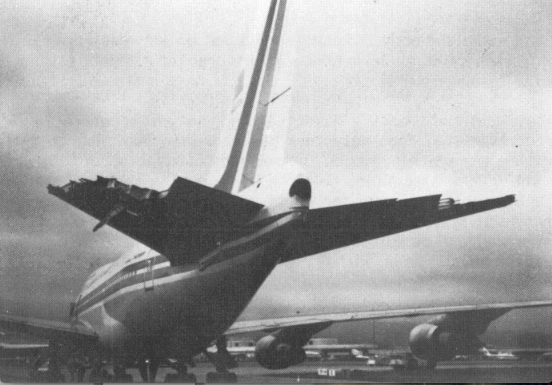
Boeing 747 SP N4522V (serial number 22805, line number 564) made its first flight 10 June 1982. It was leased to China Airlines by the Wilmington Trust Company, 15 June 1982 and delivered 29 June 1982.
Following the Flight 006 incident, the airliner was repaired by Boeing and returned to service 25 April 1985. It was leased to Mandarin Airlines from 1 January 1997 to 31 December 1997, then placed in storage at Las Vegas, Nevada.
On 18 December 2001, N4522V was purchased by Global Peace Initiative Inc. The FAA suspended its operating certificate 18 July 2005 for lack of proper maintenance. The airplane has been stored at Tijuana International Airport (TIJ), just south of the U.S./Mexico border, since 16 December 2005.
The FAA registration of N4522V expired 31 December 2016.
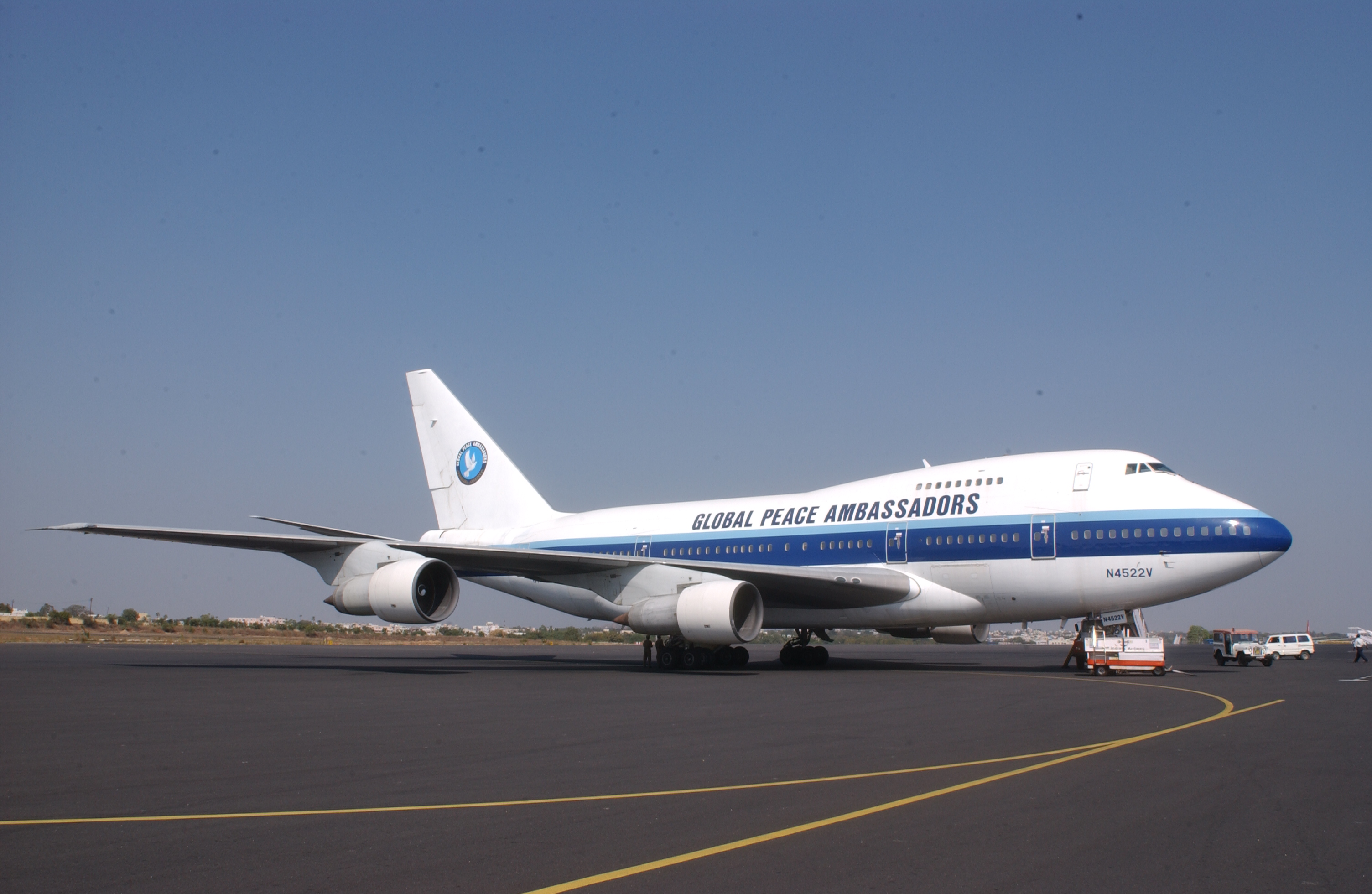
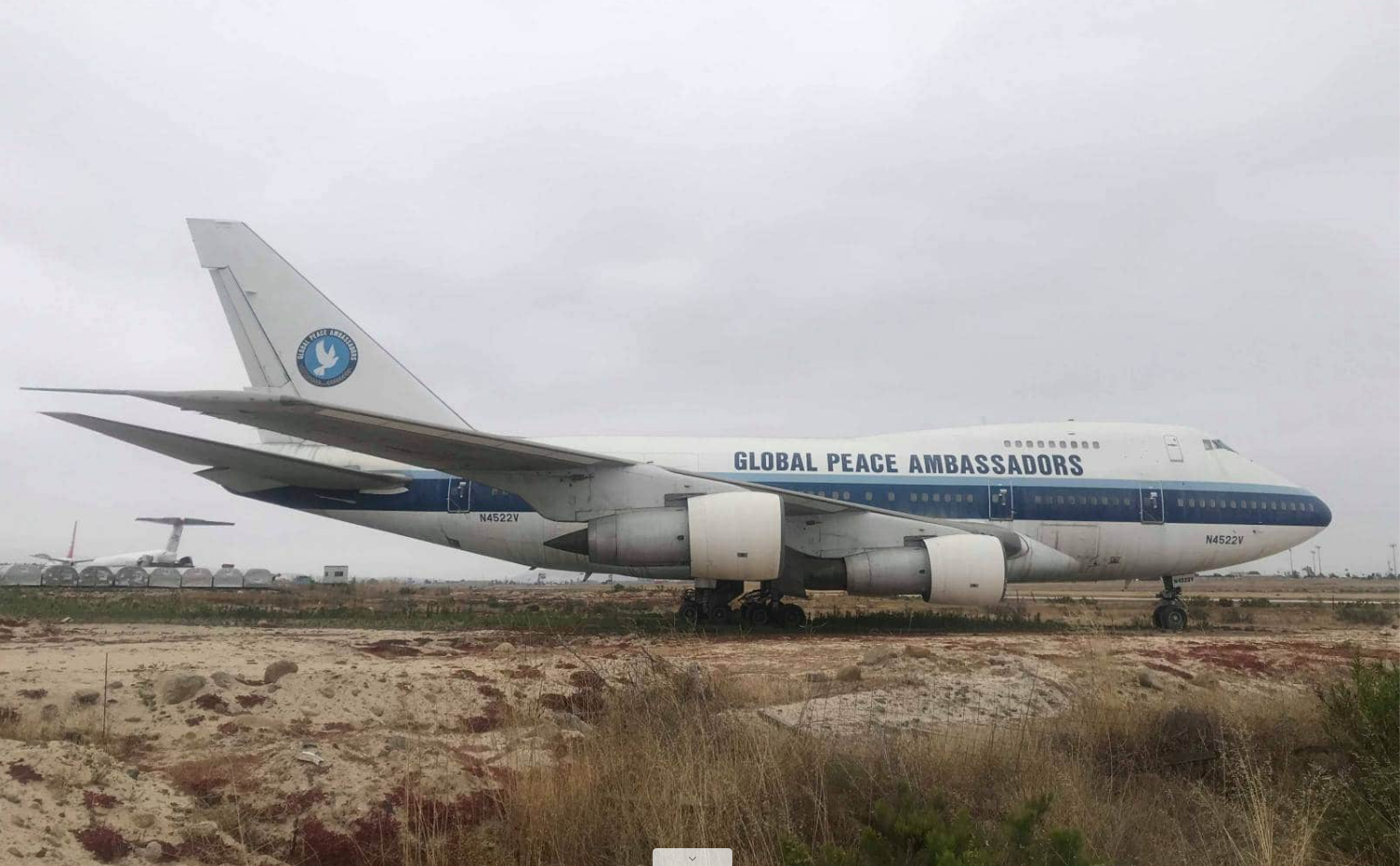
© 2021, Bryan R. Swopes
